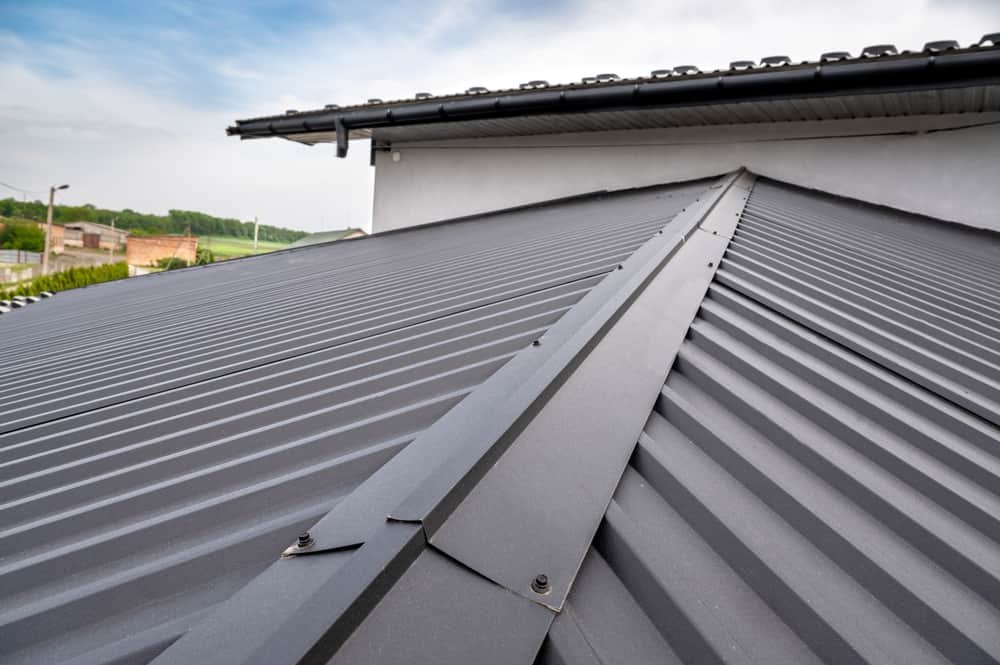Metal Roofing in Sanibel, FL
Hurricane-Proof Metal Roofs Built for Coastal Living
Protect your Sanibel home with metal roofing that withstands 160 mph winds, saltwater corrosion, and Florida’s harshest storms while delivering decades of reliable performance.

Reviews
100% Customer Satisfaction

Metal Roof Installation Sanibel
Your metal roof installation transforms your biggest worry into your greatest confidence. While neighbors deal with shingle repairs and insurance headaches after every major storm, you’ll have a roof that actually gets stronger with age.
No more 3 AM wake-ups during hurricanes wondering if your roof will hold. No more emergency tarps or contractor waiting lists. Just solid protection that handles whatever Mother Nature throws at Sanibel.
The peace of mind alone is worth the investment. But you’ll also save thousands on energy bills, insurance premiums, and the endless cycle of roof repairs that plague coastal homeowners.
Sanibel Metal Roofing Contractor
We understand Sanibel’s unique challenges because we’ve been solving them for over two decades. We’ve seen what Hurricane Ian did to roofs across Southwest Florida, and we’ve helped countless families rebuild stronger.
Our family-owned business earned its 4.9-star rating by treating every Sanibel home like our own. We know the salt air, the wind patterns, and the building codes that keep coastal homes safe.
When you choose AKM Roofing, you’re not just getting a contractor—you’re getting neighbors who understand that your roof isn’t just about shelter. It’s about protecting everything you’ve built on this beautiful island.

Metal Roofing Process Sanibel
We start with a comprehensive assessment of your current roof and discuss metal roofing options that make sense for your Sanibel home. No pressure, just honest evaluation of what you need.
Our skilled installation team handles every detail, from permits to cleanup. We use concealed fastener systems that eliminate leak points and mechanically seamed panels that offer superior wind uplift performance—critical for coastal applications.
The installation typically takes a few days, depending on your roof size and complexity. We work efficiently to minimize disruption while ensuring every panel is perfectly aligned and secured to withstand Sanibel’s challenging environment.

Ready to get started?
Hurricane Resistant Metal Roofing
Your metal roof installation includes everything needed for coastal protection. We use aluminum-based materials that resist saltwater corrosion, heavy-gauge panels that withstand debris impact, and concealed fastening systems that prevent wind-driven rain infiltration.
Each installation meets or exceeds Florida’s stringent building codes for high-velocity hurricane zones. The interlocking panel design creates a continuous barrier from eave to ridge, eliminating the weak points that cause traditional roofing failures.
Living on Sanibel means dealing with unique challenges—from salt spray to hurricane-force winds. Your metal roof handles these conditions while providing energy efficiency benefits that reduce cooling costs in Florida’s intense heat.

